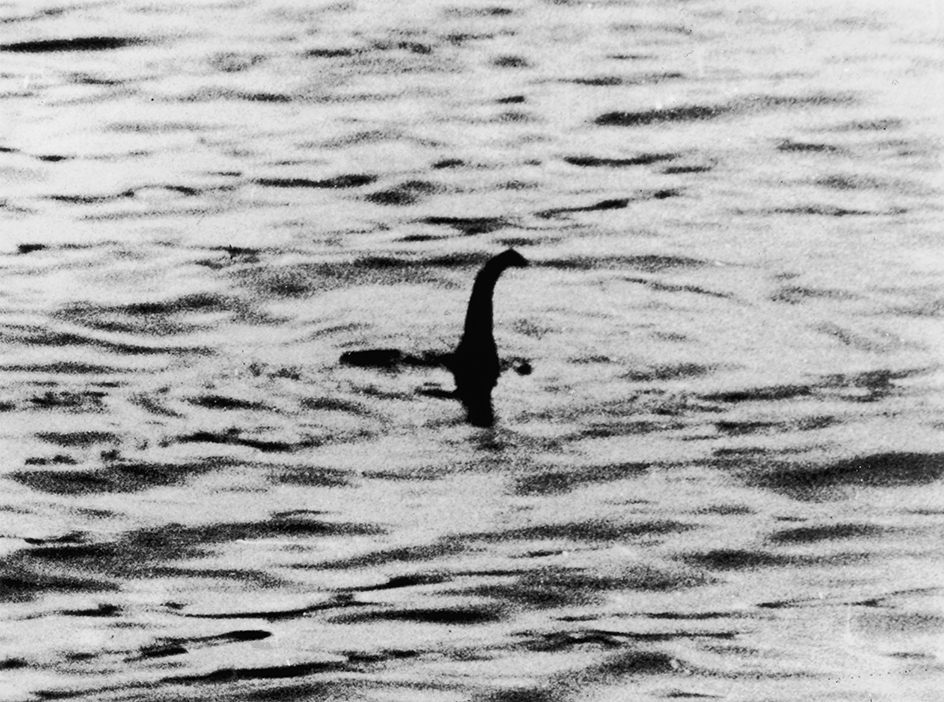Loch, << lok, >> Ness monster is a large, probably imaginary animal that some people believe lives in Loch Ness, a lake in northern Scotland. Hundreds of people have reported seeing the animal, which is nicknamed Nessie. According to the most common descriptions, the creature has flippers; one or two humps; a thick, tapering tail; and a long, slender neck. Some observers believe the Loch Ness monster may be related to a dinosaurlike reptile called a plesiosaur. Others believe it resembles a modern sea animal, such as a manatee or seal. But no scientific evidence has been found to support any of these claims, and most biologists believe Nessie does not exist.

The earliest known description of a strange creature in Loch Ness dates from A.D. 565. Reported sightings increased during the 1930’s, when a new highway made the lake more accessible to travelers. A photograph reportedly taken at Loch Ness in 1934 by R. Kenneth Wilson, a British surgeon, particularly sparked interest in Nessie. This photo shows a long, dinosaurlike neck and head extending out of the water. In 1994, a London newspaper reported evidence that the Wilson photo was a hoax.
Several scientific expeditions have explored the waters of Loch Ness, including one sponsored by World Book in 1969. Yet none of them have produced any clear evidence for Nessie’s existence. In 2003, an exploration team funded by the British Broadcasting Corporation (BBC) conducted an extensive search of Loch Ness using sophisticated sonar equipment. Sonar uses sound to detect underwater objects. This search found no trace of any sea animal resembling the monster. Despite such findings, however, the lure of Nessie continues to attract many tourists to Loch Ness.
See also Cryptozoology.
